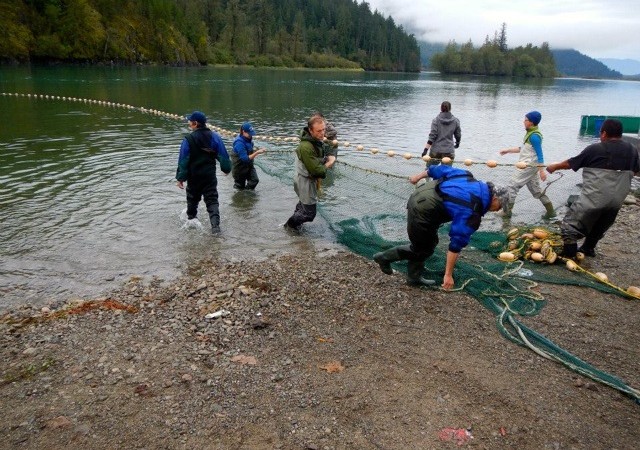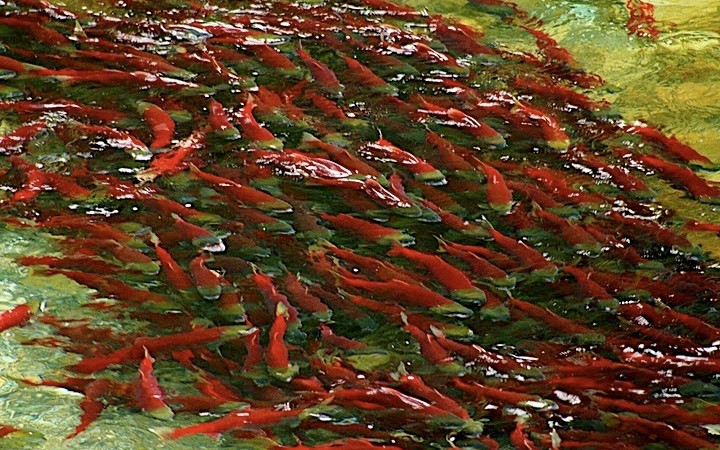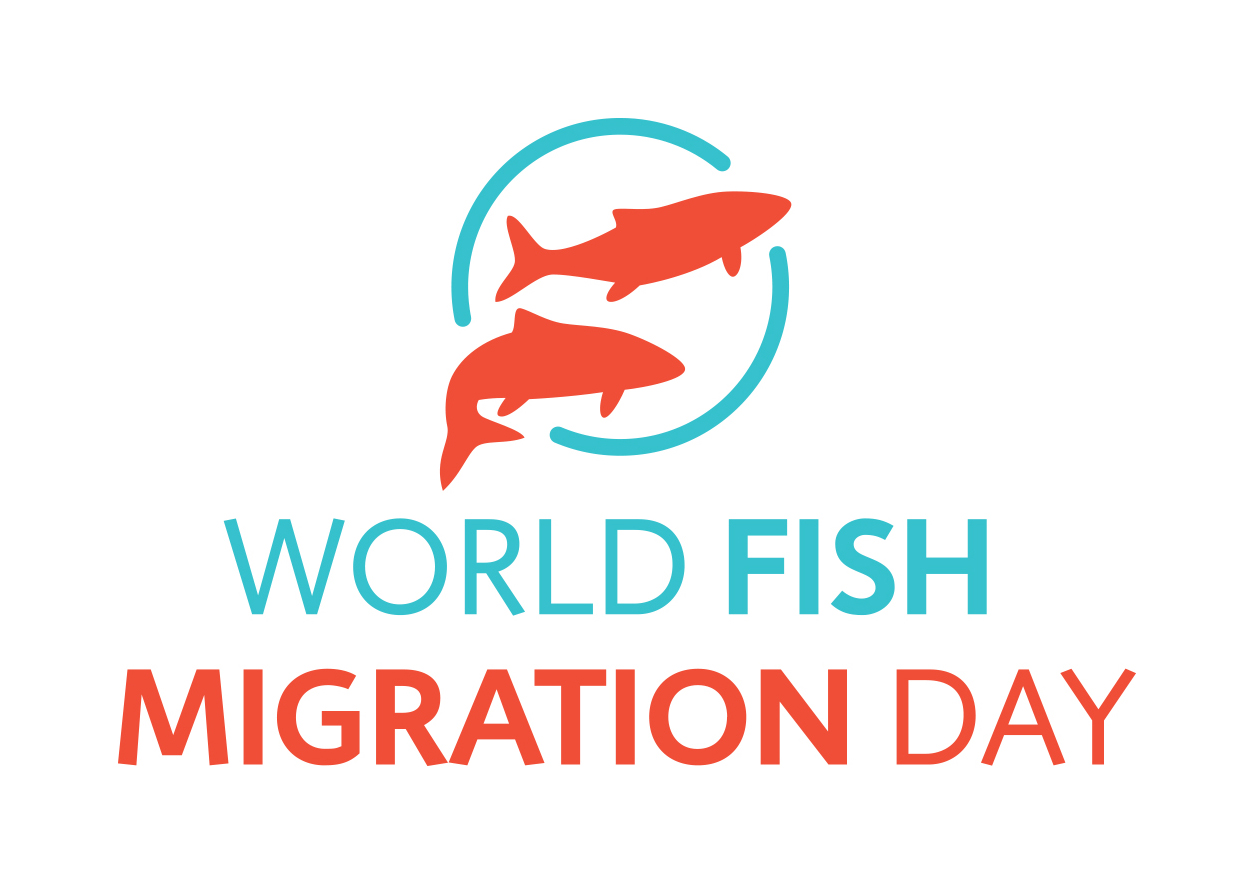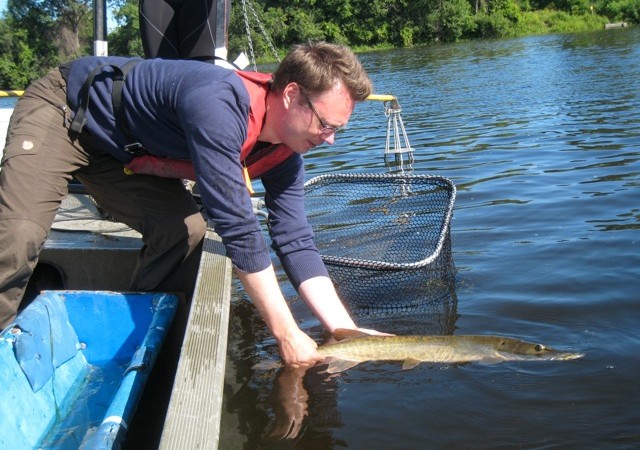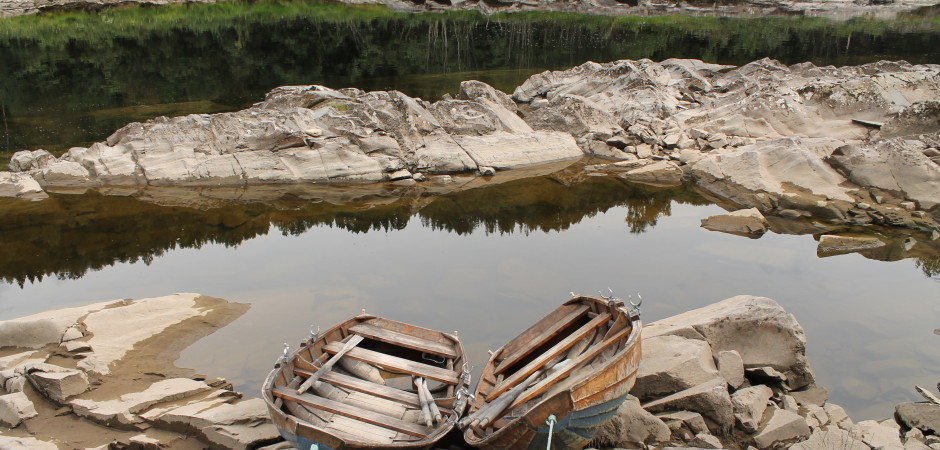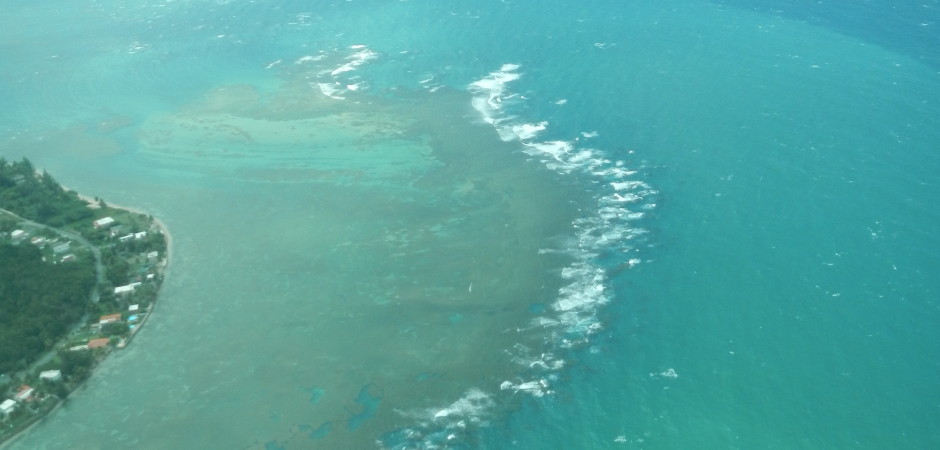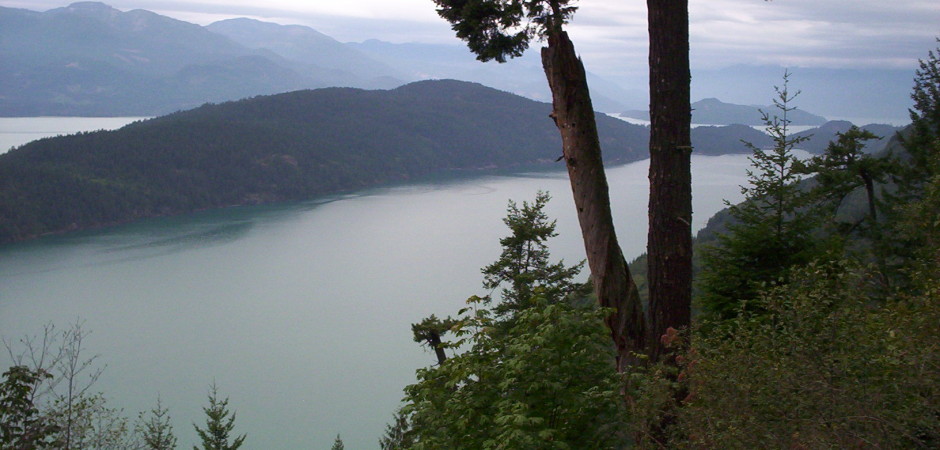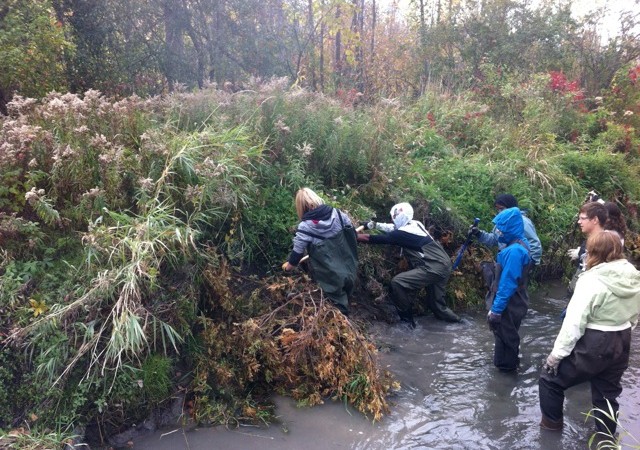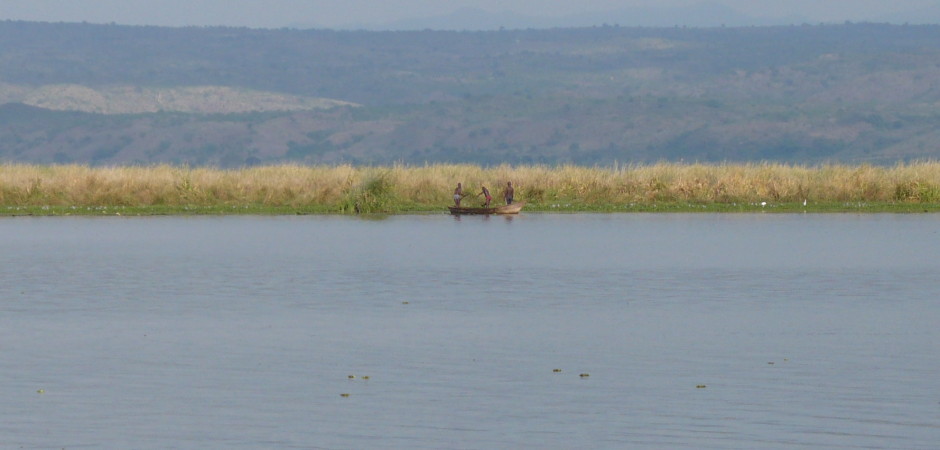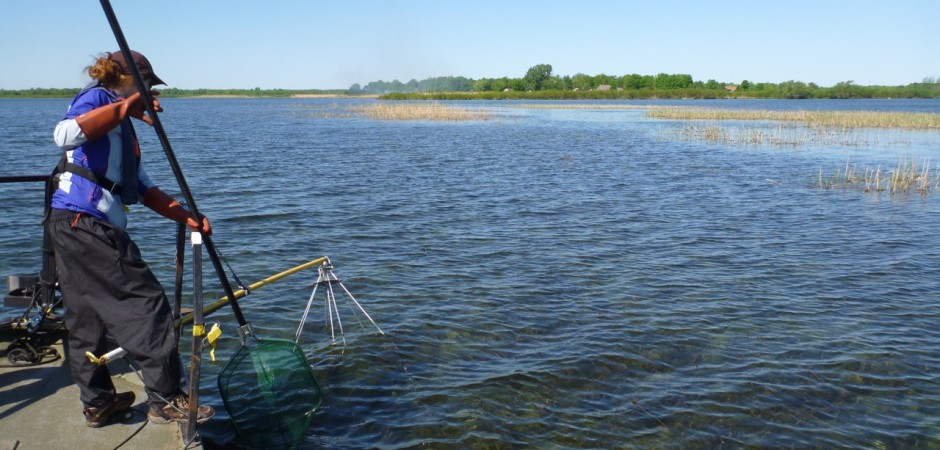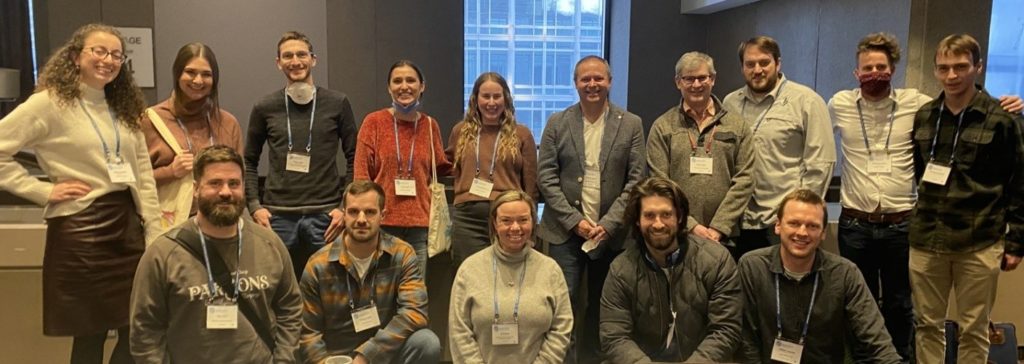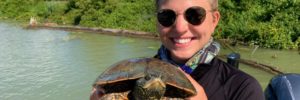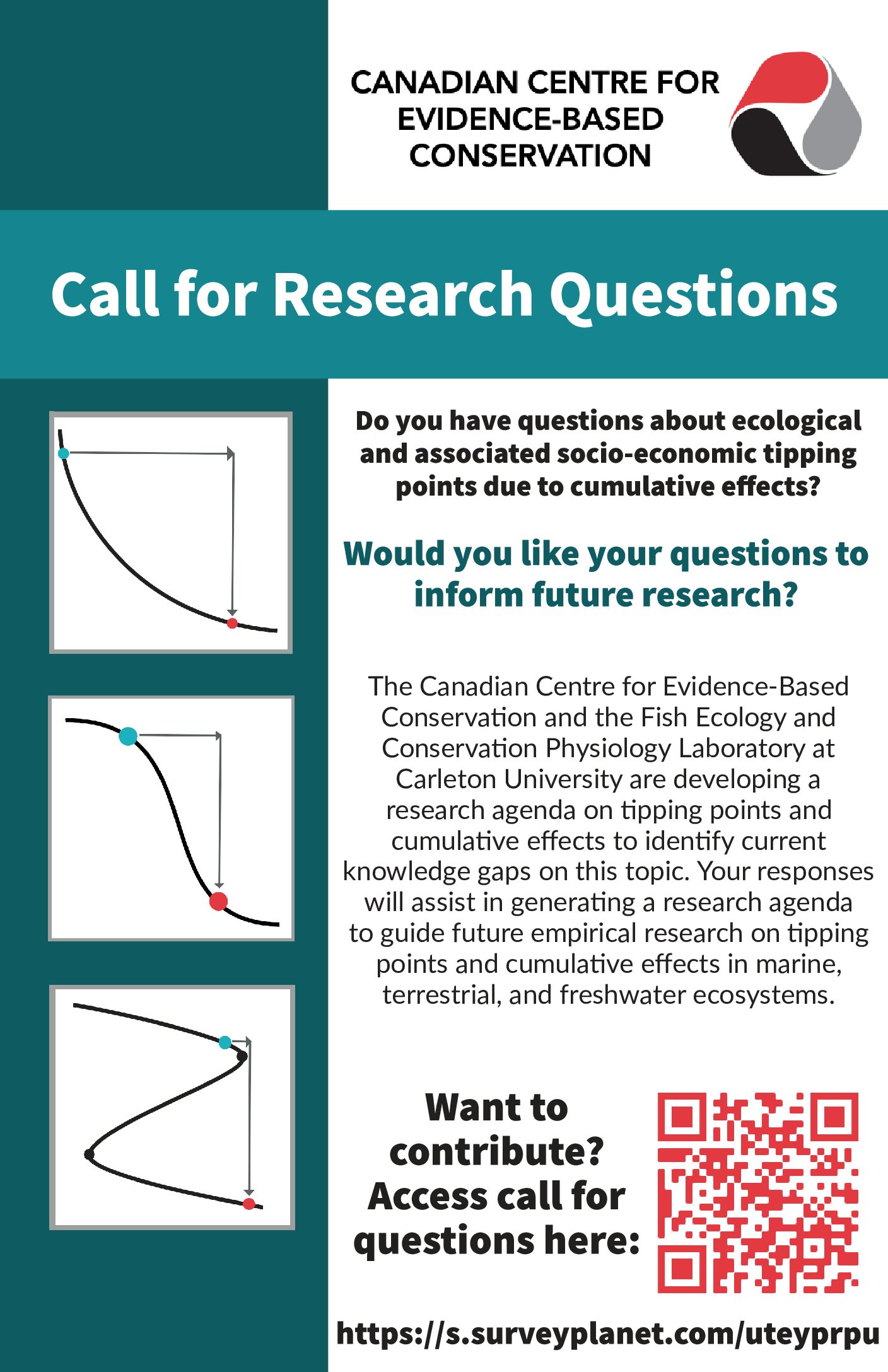All tagging programs have the potential to impact fish survival and behaviour. Sub-lethal effects and tag-related mortality are concerns for any tagging study but are rarely estimated. While several tagging studies have occurred on adult Harrison sockeye salmon in the past and have provided information relevant to determining relative survival, no… Read More
Projects
From animal movements to knowledge movement: transferring telemetry science to fisheries managers
Electronic tagging technology has proven to be a powerful tool to study animal movement, migration and habitat use by allowing researchers to track free moving animals in the wild and over great distances in both aquatic and terrestrial ecosystems. Information on the movement of aquatic species and the use of electronic… Read More
Migration at the Museum!
As part of the World Fish Migration Day (WFMD) global initiative, a group of young and dynamic fisheries researchers from Carleton University’s Fish Ecology and Conservation Physiology Lab (FECPL) showcased state-of-the-art research and interactive activities in the RBC Blue Gallery at the Canadian Museum of Nature on Saturday May 24th, 2014. … Read More
REHABILITATION OF BREWER POND (OTTAWA, ON) FOR FISH HABITAT USE
Background The Brewer Park Pond restoration project has been in the works since the early 1990s, but it wasn’t until recent funding became available that the plan was able to gain some serious momentum. As habitat compensation for a development project in Orleans, the project has now been given the green light… Read More
EFFECTS OF CATCH-AND-RELEASE ANGLING ON ATLANTIC SALMON IN NORWEGIAN RIVERS
Atlantic salmon are an iteroparous anadromous fish that spend their adult life on feeding grounds in the north Atlantic Ocean before migrating back to their natal rivers for reproduction after one (grilse) or multiple (multi sea winter) years at sea. The transition to freshwater is defined by starvation as the fish… Read More
FISH ECOLOGY IN SHALLOW MARINE ECOSYSTEMS
Shallow tropical and sub-tropical marine ecosystems are some of the most productive environments in the world, playing host to numerous ecologically, socially, and economically important fish species. In the Caribbean Sea, fish occupy incredibly diverse habitats including coral reefs, seagrass beds, shallow sand flats and tidal creeks. As such, fish exhibit… Read More
Migration Biology of Pacific Salmon
The migration that Pacific salmon make from distant ocean feeding grounds to spawning streams hundreds of kilometers inland is among the most remarkable phenomena in the natural world. In partnership with Dr. Scott Hinch (UBC), Dr. Tony Farrell (UBC), Dr. Kristi Miller (DFO) and David Patterson (DFO), our team has studied… Read More
WATTS CREEK: STREAM RESEARCH AND REMEDIATION IN THE OTTAWA REGION
Title: Stream remediation and an evaluation of the relationship between habitat quality and fish condition, behaviour and survival in Watts Creek watershed. Watts Creek watershed located in the Kanata region of the Municipality of Ottawa is composed primarily of two watercourses – Watts Creek and the Kizell Municipal Drain. The National Capital… Read More
HOT FISH: CLIMATE CHANGE IMPACTS ON INLAND FISHERIES
Title: Hot Fish – Protecting human food security and biodiversity in the face of climate change impacts on inland fisheries. In the tropics, freshwater fishes represent an important source of protein for local communities. The thermal ecology of tropical freshwater fishes (i.e., thermal optima and tolerances, temperature specific metabolic scope for activity)… Read More
EFFECT OF LAND USE AND RESTORATION TECHNIQUES ON FISH COMMUNITIES IN CORNWALL AOC
The tributaries and coastal wetlands of the St. Lawrence River in and around Cornwall, Ontario have been identified as an Area of Concern (AOC) due to extensive habitat loss, declines in abundance and diversity of resident species, and heavy metal contamination. As a result of being identified as an AOC, the… Read More

